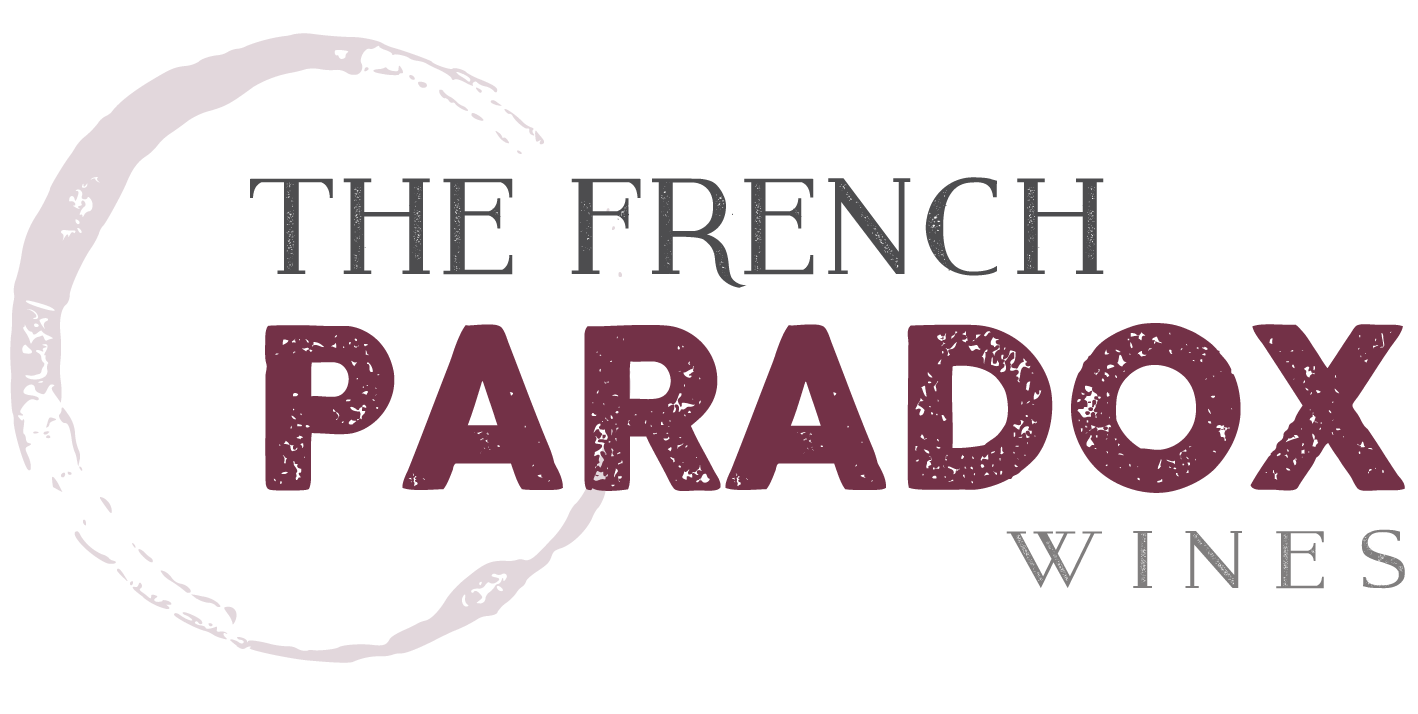N
As you are perhaps aware, we’re offering a Riesling tasting on Saturday (January 26, 2019) here at the store and I’m guessing that a few of you will skip it on the premise that ‘Rieslings are too sweet’ or ‘I just don’t like Riesling’ or even, ‘I don’t like white wines’ (bigot).
Well, nearly everything that you think you know about Riesling is wrong.
Let’s clear up some misconceptions…
First of all, Riesling (the grape) is no sweeter than any other grape and the subsequent wine can be as sweet (or not) as another other wine. If fact, since Riesling is, by its very nature, more acidic than most other grapes, there are arguably fewer sweet Rieslings produced than other wines (like Apothic, Meomi and many Napa Cabs). All grapes, when allowed to ripen, have sugar. Allowing sugar to remain present in the wine is the decision of the winemaker, not the grape.
But, yes, there are some sweet Rieslings. Riesling is often used to make a sweet wine because of its naturally high acidity. That acidity balances the sweetness and produces a wine that is sweet and crisp, rather than cloying. Some sweet Rieslings are made from warm climates, where the grape ripens too quickly and the resulting wine is flabby and lacking in both flavor and acidity.
Others are made in cooler climates where ripeness is rare and prized, and extended ripeness is a virtue. In these areas (like Germany and Alsace, to name just two) the riper Riesling is abundantly fruity, floral and exotic and the wine is rich and viscous, yet clean and fresh, again, due the the high acid level.
Other important virtues of Riesling include its transparency and its ability to age well. The high acid level (here we go again!) inherent in the grape and remaining in the wine allows the wine to keep well and change beneficially. Riesling with some bottle age often become more full bodied and soft, luscious with honeyed tones and beautiful floral aromas. And since the wines are rarely fermented or aged in oak barrel and do not see malolactic fermentation, the sense of place and aromas and flavors of the soil are recognizable.
Germany is thought by many to only produce sweet Riesling, however, that’s just not true. Since ripeness is a challenge in many German vineyards, the wine is often painfully acidic without some balancing residual sugar. And in areas where full ripeness is more typical, light, bright, crisp, elegant and aromatic Rieslings are the norm.
Riesling is a fabulous food wine (that acidity again!) pairing with, really, almost anything. Light, crisp, refreshing Rieslings are perfect as an aperitif and with light foods and young, creamy or goat cheese. Riper and richer examples are full enough, yet still offer enough acidity, to handle bigger and fattier foods. And those rare sweet Riesling are fabulous with spicer foods and desserts.
Of course, if you’ve really and truly tasted a range of Rieslings and prefer those sweet California reds and Chardonnays, hey, that’s fine. I mean, someone has to drink those flabby, uninspiring, over-ripe and highly alcoholic wines that wine critics are paid to extol. Otherwise, how would the critics survive?
